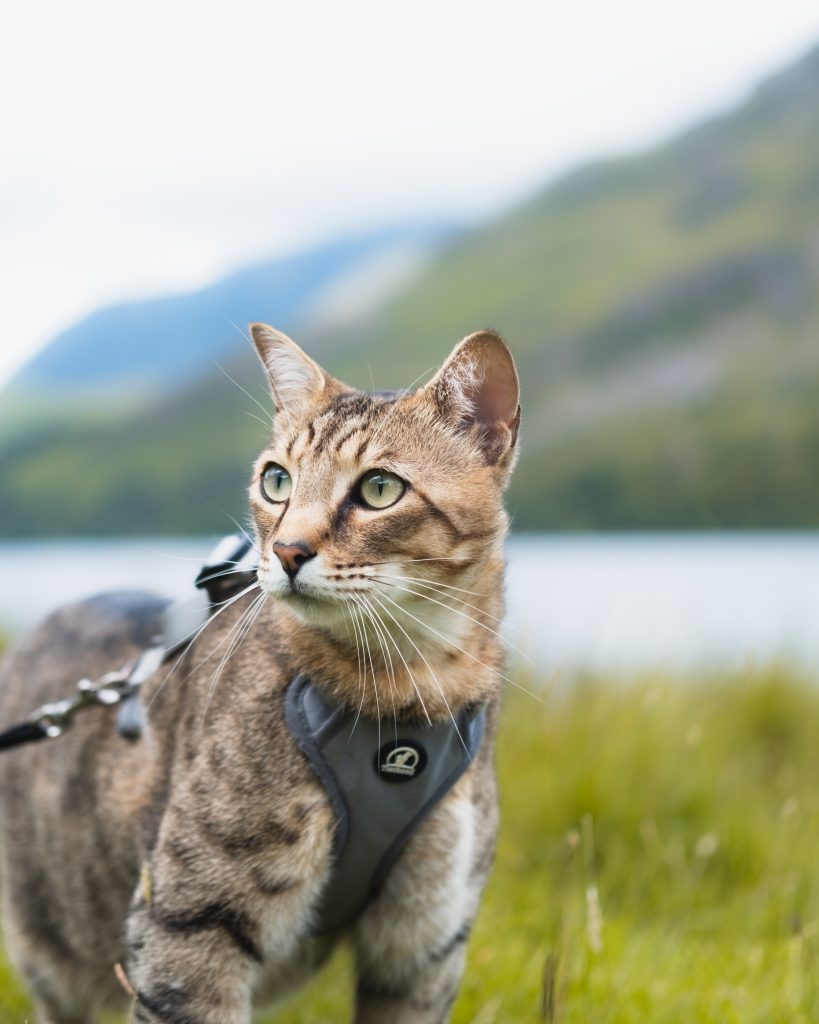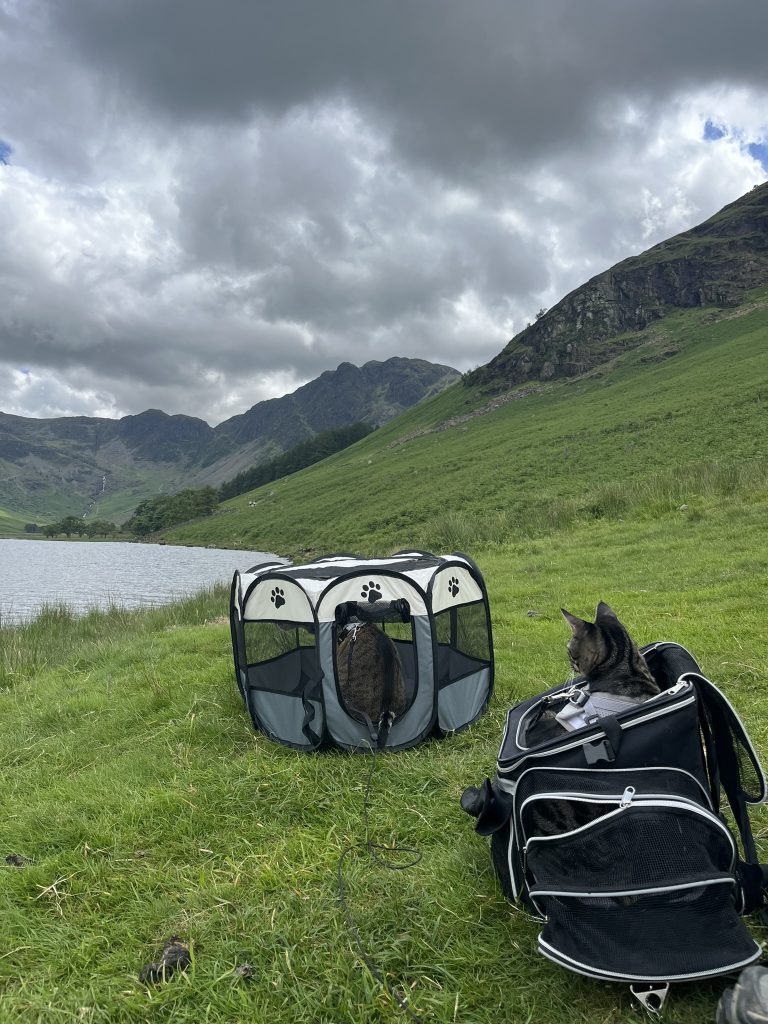Travelling with a cat
A few small tips to get you started
Whenever I post anything about my travels with my cats, I usually get a lot of questions:
- “How did you teach him to walk on the lead?”
- “How do you take them travelling, aren’t cats territorial?”
So I figured it is time to share a few things I have learned from taking my cats on adventures, and maybe they will help you decide if and / or how to start adventuring with your cat.
1. Respect their character
“There is no ‘normal’ – it is a lie taught to us by a system so flawed that it is threatened by the awesome diversity of nature.”
I believe this applies not just to humans but to cats as well. The first part emphasizes that there is no “normal” cat, and the second part highlights that every cat is unique.
Just like humans, every cat is different.
How would you describe yours? Are they an individualist or a social spirit? Are they an explorer or a homebody? Do they greet people enthusiastically or prefer hiding under the bed?
It’s important to understand your cat’s personality before deciding if and how to take them along on your adventures.
For example, while Napoli is more like a dog—he loves exploring and greeting people—Richie is shyer and usually needs time to adjust. We approach traveling with each of them differently.
2. Use appropriate gear
When traveling with cats, the gear you’ll need depends on their personalities. Napoli, for instance, loves to hike, while Rysio prefers watching the world from the safety of a backpack. Some cats thrive in campers or boats, while others might feel miserable the moment they’re taken away from home.
My go-to is always a backpack carrier—it’s a lifesaver, especially on days when even Napoli prefers the comfort of being carried. Bringing along toys, favorite beds, and snacks can also make a big difference if your cat enjoys them.
For camping or situations where they might get overwhelmed, we use a soft pet crate. It’s easy to pack and gives the boys a secure space to retreat to when they need a break.
3. If possible- start teaching them early on
From my experience, the earlier you start training a cat with a harness and lead, the better they’ll understand and adjust to it. Just like dogs, cats can learn with training and consistency. Even older cats can get accustomed to walking on a lead, though it might take a bit more patience. The key is to make the experience positive and stress-free, so they associate the harness with good things, like treats or playtime. Remember, every cat is different, so go at their pace and celebrate the small victories along the way.
4. Always listen to them
I probably sound like a broken record, but I’ll say it again—just like humans, cats have better or worse days. It’s crucial to always listen to your cat and adjust if you can. Pay attention to their body language and vocalizations; if they seem stressed or uncomfortable, it might be best to take a step back. Remember, your cat’s comfort and happiness should be a priority, so be flexible and patient, and be willing to adapt your plans if needed.
I hope this sheds a bit more light on how you can start preparing to take your cat on an adventure. With a little patience and preparation, you can create unforgettable experiences together. If you feel ready to embark on your own journey with your feline friend, be sure to check out my post on travelling with pets and where to start.
Happy pawventuring!






